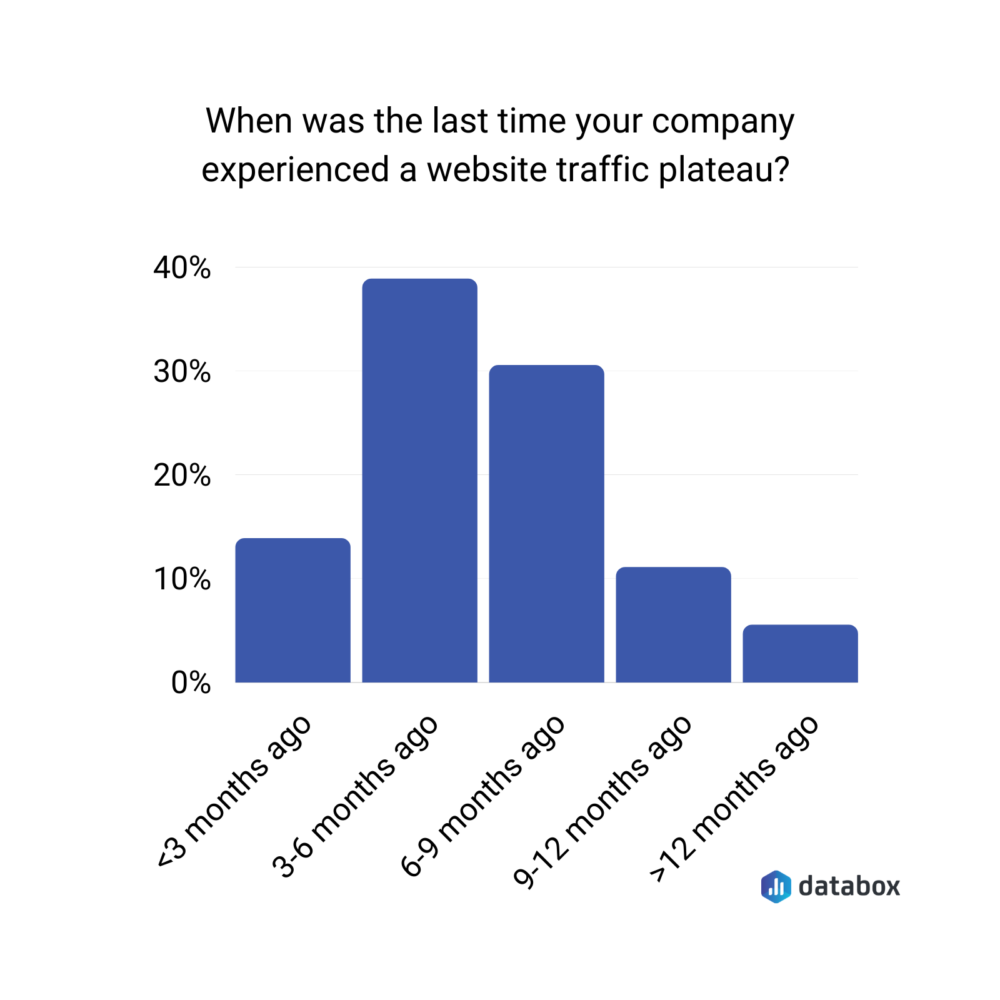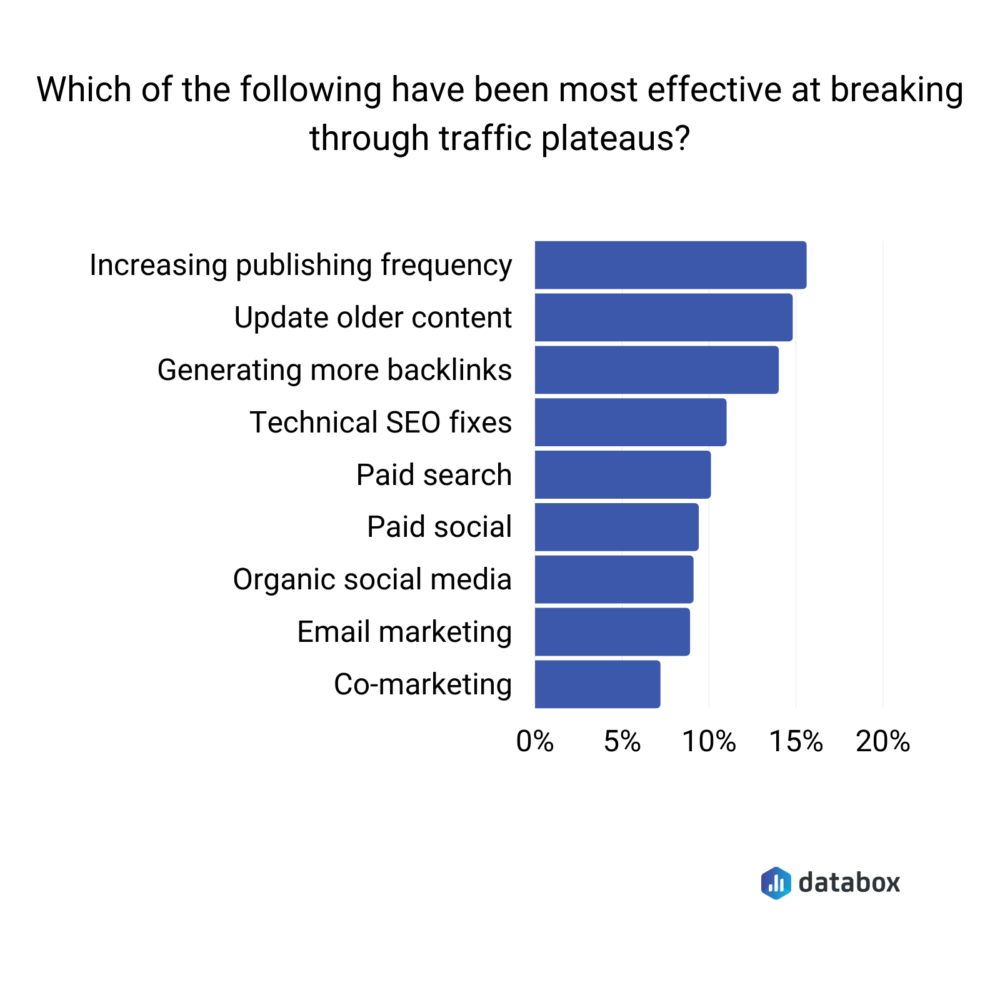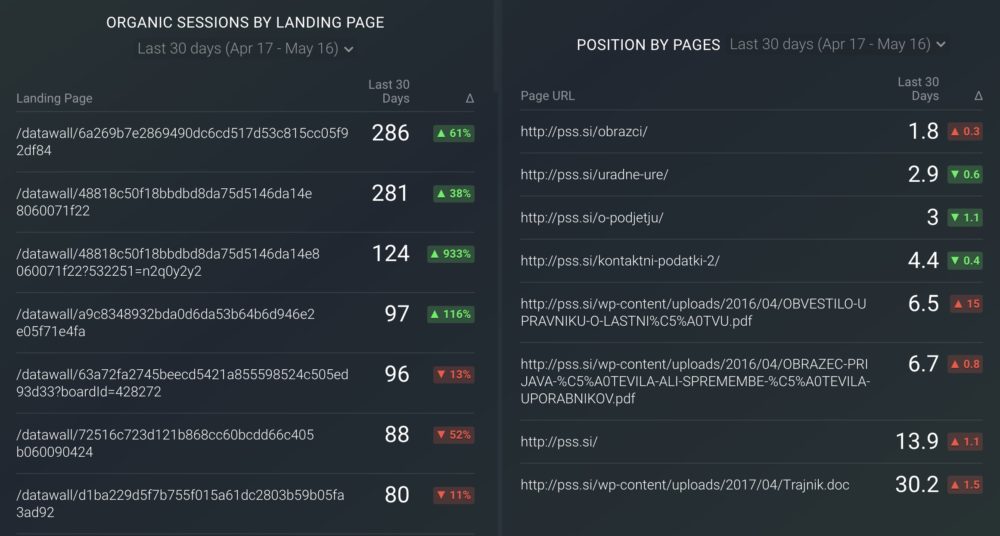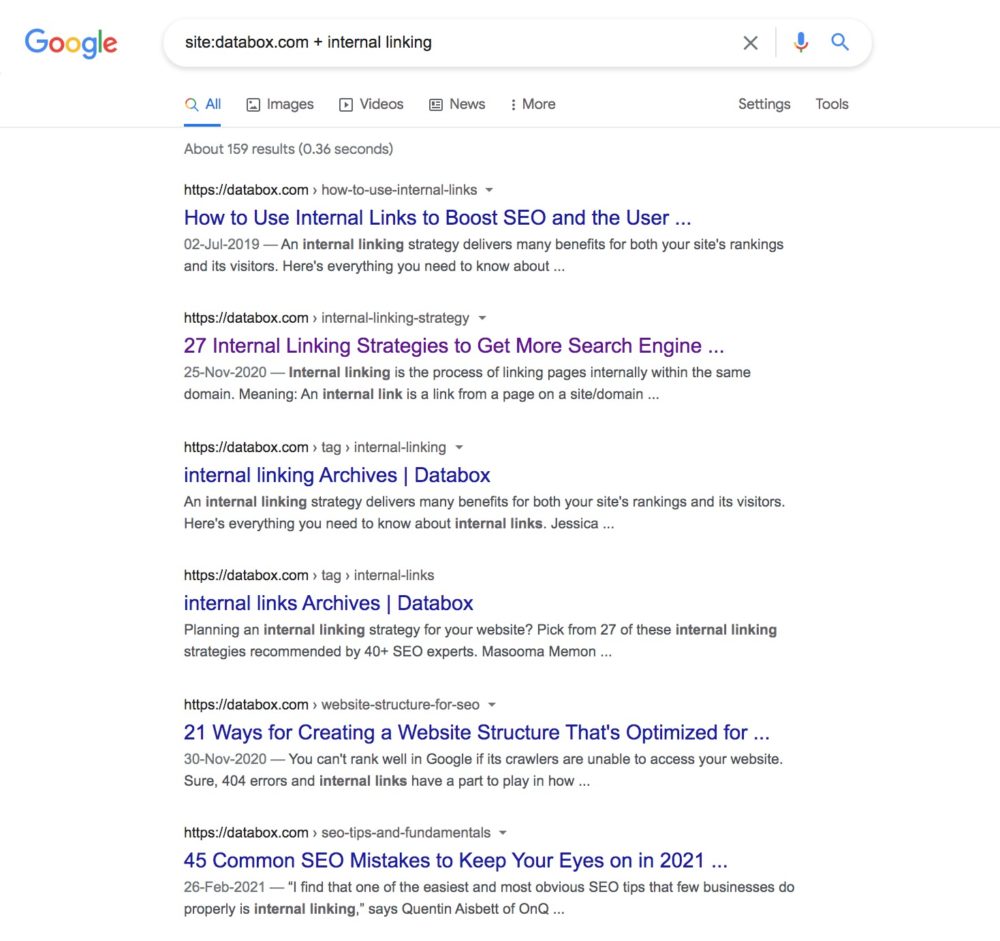Table of contents
A website traffic plateau can feel like all your hard work is crumbling.
The content you’ve published isn’t paying off anymore. And the backlinks the content has earned over time aren’t driving any more traffic.
It’s kind of like a content blackout. Except, it’s not.
Because you can always get past the plateau.
Wondering how?
That’s what this post is about.
We talked to 30+ experts – most of whom share they’ve experienced a website traffic roadblock in the past 3-6 months, but have overcome it in no time.

The majority of these folks drive approximately 25,000 monthly website visits so they definitely know what they’re talking about.

Ready to learn how you can break through your website traffic plateau? Here are 9 ways to beat a traffic lull.
- Produce tangential content
- Optimize old content
- Work on driving traffic from low hanging fruit keywords
- Fine-tune your content’s focus
- Work on improving your website authority
- Invest in building backlinks
- Pay attention to technical SEO
- Use social to drive more traffic
- Focus on internal linking
1. Produce Tangential Content
A popular approach to overcoming your website traffic plateau is to create and publish more content. However, the key is to create tangential content as Kinsta’s Tom Zsomborgi notes.
“Tangential content is content on a topic that is related to your industry or niche, but not directly about what you do. Thanks to this strategy you can easily multiply the possible content ideas and reach a wider audience and gain awareness.”
To add, “tangential topics can get you in front of a much larger audience and indirectly serve your long-term business goals,” continues Zsomborgi.
2. Optimize Old Content
Most of our respondents agree that publishing more content is the most effective way to get around traffic plateaus.
But, a close majority, 15%, thinks you can do the same by updating old content too – a good option for those that are pressed for resources and can’t afford to up their publishing frequency.

Jonathan Aufray from Growth Hackers Marketing explains this approach: “analyze, optimize and update your old content.”
Here’s the game plan: “What you want to do is find for which keywords those pages are ranked on the 2nd page of Google. Why? Because most people never go to the 2nd page of Google search but if you already rank there, you might find quick wins to boost your rankings from page #2 to #1,” Aufray explains.
Take a shortcut to identify which of your posts need a refresh with the help of this Decaying Site Pages & Posts dashboard template. It helps you by showing which posts are losing organic search traffic and rankings so you can get to work right away.

“So, find those keywords, then update your pages by adding those keywords (Add them in a natural way. You want to write for people, not search engines), go to other pages of your site covering similar topics and add internal links directed to the page you want to optimize and even build a few backlinks through guest blogging on blogs in your niche.
By doing so, you will get a boost in organic traffic for those pages you optimized in just a few weeks.”
In addition to adding more keywords, including internal links, and building some backlinks, Mudassir Ahmed from Blogging Explained throws in more tips:
“Your optimization strategy should be more than just adding the keywords but to update every piece for accuracy and freshness.
- Restructure the title, H1/H2/H3 headlines, and the copy.
- Understand the user intent by stepping yourself into the shoe of a reader to optimize for search intent better.
- Leverage Internal linking strategy.
- Use qualifying cover images and share the post on social media platforms.”
In short, “you don’t always have to create new content to increase your search traffic, optimizing the past work can do wonders in driving more traffic,” Ahmed concludes.
Related: How to Find & Update Old Blog Posts to Boost Your SEO Using Databox
In fact, it’s a good idea to plan a website audience at least once a year, Bailey Hemphill from Hurrdat suggests. “We know that fresh, well-optimized content sees better organic traffic than old content using outdated tactics, so if you have underperforming pages and posts on your website, that’s a sign that you need to make some adjustments.”
According to Hemphill, “Refresh on-page copy and formatting, improve keyword optimization, consolidate pages where necessary, and remove low-quality content that doesn’t add value. Taking the time to review your site and make improvements to its content can do wonders.”
Don’t forget to update your published date Janice Wald from Mostly Blogging adds. “There are simple tricks to break through a traffic plateau. One of them is to add the current year to your SEO Title and your meta description. This tells Google your information is fresh. Google likes to show current information to its users.”
Monitor your blog pieces’ performance post an SEO update with this Blog Post Performance After SEO Update dashboard. You can see all the fresh organic traffic the updated pieces are driving, how their search rankings have improved and the CTRs and conversions too.

3. Work on Driving Traffic From Low Hanging Fruit Keywords
“Reevaluate your keywords,” ClydeBank Media’s Benjamin Sweeney recommends.
“In our experience, we hit a traffic plateau because our strategy had run its natural course and we weren’t picking up the same big traffic gains we had seen at the beginning. By rethinking and brainstorming some new keywords to target and increase our audience size we were able to see new traffic growth after a period of stagnation.”
Brandon Loures shares they followed the same tactic at Brandlift Med Digital Marketing.
“One thing that we have done successfully is aim to increase our SEO rankings on low hanging fruit keywords.”
Here’s how they went about doing this:
- “We started by analyzing our rankings in google search console and finding the top searched keywords and keyword categories that we were ranking low on page 1 or on page 2 of google for.
- We then looked to enhance or update the content on the pages and focus link building efforts for those pages.”
The results, you ask? “We were able to start generating traffic for new keywords that we weren’t previously ranked for and increase our click-through rate on keywords that we were already generating traffic for,” in Loures’ words.
4. Fine tune your content’s focus
Start with thoughtfully studying your blog content to understand the angle it takes. And, ask yourself: is there a better, more targeted approach I can take here?
At NMBL Strategies, Eric Moraczewski shares their team polished the publishing pattern they followed. “We had been posting two blog posts a month that were essentially telling stories that had lessons learned in them,” Moraczewski opens up.
“We adjusted to more targeted stories, i.e. the three things your nonprofit needs to do to increase fundraising in 2021.”
Want another way to spice up the angle you take? Optimize your content for long-tail keywords. This helps you identify highly targeted content ideas to create content around.
As Amber Reed-Johnson from Giraffe Social Media suggests, “Optimize for long-tail search queries instead of relying on ‘clickbait’ blog titles. With a plethora of blog content available for almost all industries, the more specific your content can be, the better.”
This is the approach their team took to over their website traffic plateau too. “Instead of aiming high and falling, we aimed towards more niche topics. This ultimately improved our website reach.”
5. Work on Improving Your Website Domain Authority (DR)
Your website’s domain authority plays a critical role in search rankings and the traffic you drive. As Roman Vasilenko from Rocket labs puts it, “Website traffic, and especially organic traffic, is highly dependent on the website’s authority compared to its competitors.”
The plan then is to work on “improving a website’s authority.” Vasilenko comments, “it’s always the best strategy to get the website traffic up and growing. This includes several tactics, but the most effective ones are link-building and content marketing/optimization. Maximizing efforts on these tactics will be bringing results for a long time.”
Quick tips to build links: write guest posts, contribute to other content pieces using HARO, reach out to people to correct broken links for you, and participate in podcasts.
PRO TIP: How to track these 10 popular Google Analytics 4 metrics
Sure, there are dozens (and dozens?) more Google Analytics 4 metrics you could track. But, starting with these 10 commonly tracked metrics will give you a pretty high-level view of how your marketing is working…
- Sessions: The number of sessions can tell you how many times people are returning to your website. Obviously, the higher the better.
- Sessions by organic keyword: Which organic keywords bring in the most traffic to your website? This may help you determine whether your SEO investments are paying off.
- Bounce rate: Do visitors leave shortly after landing on your website? Or do they stick around?
- Average session duration: How much time are people spending on your website? Users with a high average session duration are most likely relevant to your company.
- Goal completions: How many users responded to your call to action?
If you want to track these in Google Analytics, you might find the visualizations limiting. It’s also a bit time-consuming to combine all the metrics you need in one view.
To better understand how your website performs in terms of traffic growth and conversions, we’ve made this plug-and-play dashboard that contains all the essential metrics for understanding how successful you are at optimizing different aspects of your website.
You can easily set it up in just a few clicks – no coding required.
To set up the dashboard, follow these 3 simple steps:
Step 1: Get the template
Step 2: Connect your Google Analytics account with Databox.
Step 3: Watch your dashboard populate in seconds.
6. Invest in Building Backlinks
It’s also important you pay attention to link building. We’ve talked about this briefly for improving your website authority. But, it deserves a separate mention too as it plays a significant role in getting rid of website traffic plateau.
Sharing their experience, Danny Lewis from CodeSigningStore.com writes, “We recently ramped up our backlink acquisition following a pretty extensive traffic plateau and it really did the trick. We doubled our outreach for guest posts and put a greater emphasis on content quality to attract more organic backlinks.”
Similarly, at Witmer Group, Kristina Witmer outlines, “We started monitoring and participating in Help A Reporter Out. Through this, we connected with various reporters and provided them with our expert opinion on various marketing topics. Once we were quoted in a blog post or news article, this sent additional traffic for many months after the fact.”
Use this SEO dashboard software to keep track of your acquired backlinks on the go.
Related: 30 Free Link Building Tips for Building Links On Little-to-No Budget
7. Pay Attention to Technical SEO
“One thing we’ve done to successfully break through a traffic plateau is generating technical SEO,” observes Andrew Ruditser from Maxburst.
“Technical SEO is optimizing your website through the backend of your website to help you rank higher on search engines when they crawl your site. This includes image optimization, XML sitemap, website speed, mobile friendliness, URL and site structure, and many more,” Ruditser elaborates.
“It is important that you keep up with all of these important elements when building your website in order to generate a higher rank on search engines. Ranking higher on each engine will greatly increase your traffic.”
Related: How to Conduct a DIY Technical SEO Audit: Start with These 17 Questions
8. Use Social to Drive More Traffic
Another tip of get past a website traffic plateau is to leverage social to get more eyeballs to your content.
R3SET’s Harris Rabin comments about their experience using social to do so. “We launch video promotions across our social media channels because we’ve found that longer user retention on our content increases engagement.”
What’s more, Rabin shares, “we also use branded and non-branded hashtags to be a part of conversations on the online community around health and wellness. It helps consumers find our product.”
In addition to the organic and community-centered approach, you can also try paid social.
Ashley Glenn from Next PR outlines, “One way to break through a website traffic plateau is by using social media advertising to promote your content assets like blogs or other resources.”
Glenn observes, “if it’s been awhile since you’ve invited your audience to check out what’s new on your website, using targeted social ads is a great way to reach your ideal consumers.
Platforms like Facebook and LinkedIn have very robust targeting capabilities, so you can specify which consumers to reach based on demographics, interests or behaviors. The best part is that advertising on these platforms isn’t highly expensive, so you can get the website traffic you need without breaking the bank.”
Speaking of exploring paid options to beat traffic lulls, you can also give paid search a shot.
KNB Communications’ Beth Cooper points out, “as much as Google says that paid search campaigns do not have a direct impact on SEO, they certainly have a strong indirect impact. It’s the quickest, easiest way to break through a plateau. Some people think it is the costliest, but if you value time as an expense, it can actually work out to being very efficient.”
Don’t forget to “ensure that your paid search campaign is targeted to the most important keywords for your desired audience and that the destination URL is high quality and relevant,” Cooper adds.
9. Focus on Internal Linking
Nate Rodriguez from LIFTOFF Digital is of the view that adding internal links within each post you publish also helps get over the traffic plateau. This is due to the fact the high-ranking pages pass link juice to low-ranking (or newly published) pieces, helping them rank better. Subsequently, you can drive more traffic.
“Getting serious with distributing link equity across my site helped us break through a traffic plateau,” Rodriguez writes. “In other words, focusing on internal linking, spreading the link authority to the pages we are trying to rank works really well and is a lever that you have complete control over.”
Here’s a tip that Rodriguez highlights and you can follow: “For any new page, I recommend linking from at least 3 other pages if possible. This works really well when you can internally link from pages that have a high amount of inbound links.”
At Databox, we share internal links as related content. Not only does this help boost rankings and drive more traffic, but it also engages readers as they’ve more content to read (therefore, spending more time on the site).
Want to get better at internal linking? Create a bank of titles you’ve published and refer to it every time you create a brief for a new topic. Spot relevant internal links and add them to the brief so you don’t miss out on them as you create new content.
This bank of published titles will help you as you refresh old content too. Alternatively, google “site:example.com + keyword” to hunt posts related to the topic you’re covering/updating.
Here’s how:

You can also take to your blog’s search bar and type in topics to pull out related pieces to link in your content. Don’t stop there, use this SEO dashboard to measure the effectiveness of your internal linking strategy.
Overcoming a website traffic plateau doesn’t have to be a struggle. With these nine tips, you can easily get over the problem in no time.
But, first, decide exactly what you want to do, such as up your publishing frequency or update old content, then stick to the plan. A targeted, well-defined strategy will help a lot more than a haphazard, we’re-trying-everything-we-can approach.















